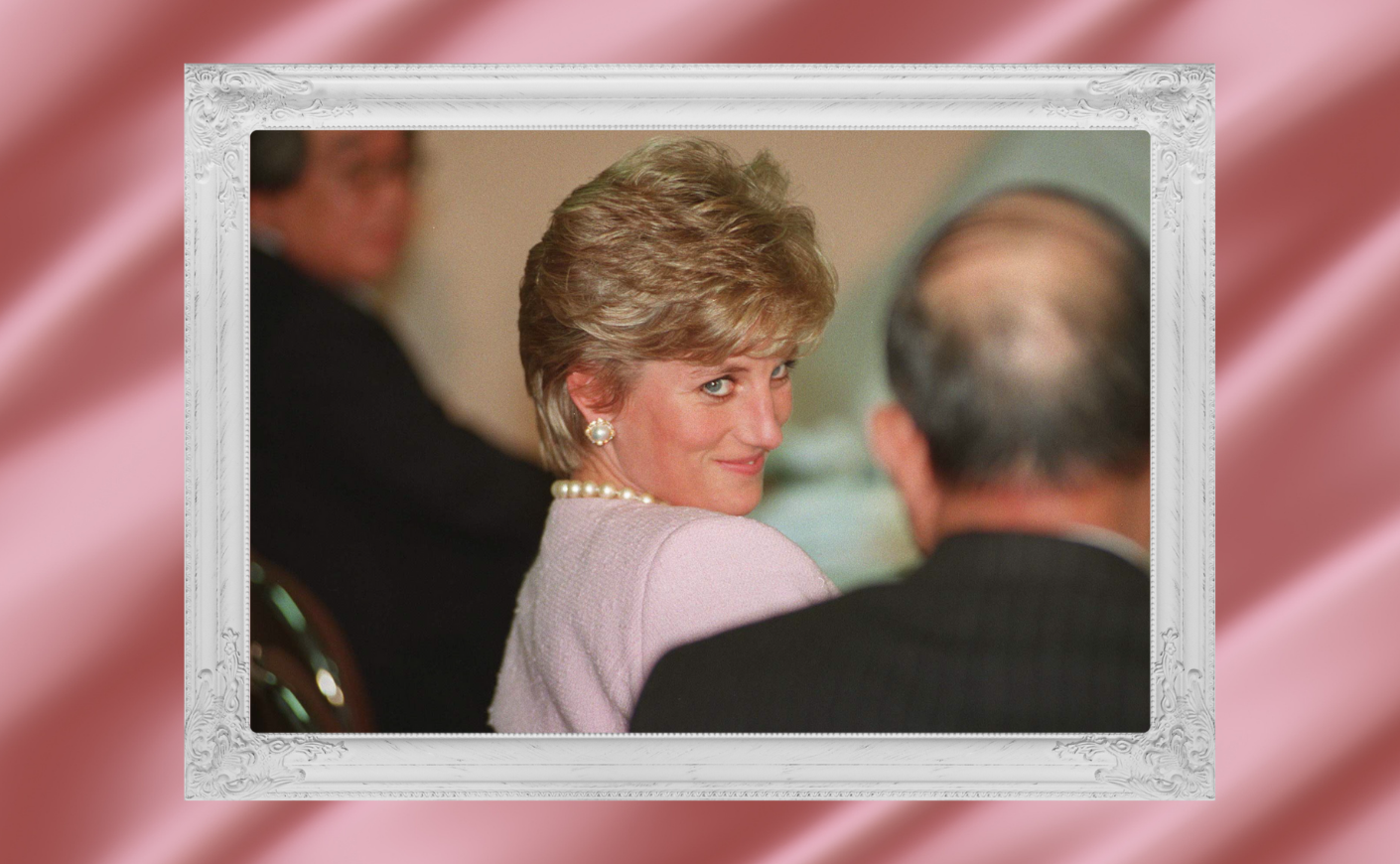One of Princess Diana’s most famous quotes is her candid, succinct description of the pain she felt about her relationship with her husband, Prince Charles, and his affair with the woman who would eventually become his second wife, Camilla Parker Bowles: “There were three of us in this marriage,” Diana said, “so it was a bit crowded.”
That line was part of a blockbuster 1995 interview with the journalist Martin Bashir, which was watched by more than 20 million viewers in Britain alone. To the enraptured audience, the Princess of Wales was taking a brave step toward owning her narrative after being defined by the press and the oppressive powers of the royal family. As for Diana herself, she was proud of what she said — but not how she said it.
Her dissatisfaction with the way she came across in that special is what led her to meet Stewart Pearce, a seasoned voice and presentation coach who’s also worked with the likes of Margaret Thatcher, Vanessa Redgrave, Michelle Williams, Emilia Clarke, and Eddie Redmayne. In November 1995, after the Bashir interview aired, a friend of Pearce’s asked him to her restaurant to meet up with a prospective new client, but she wouldn’t reveal who it was.
“I went down into the private room and knocked on the door, and there was Diana,” Pearce tells KCM. “There was this adorable, beautiful being standing in front of me, grabbing hold of my arm and saying, ‘You will work with me, won’t you?’ I was completely taken aback.”
And work together they did. In his book, Diana: The Voice of Change, Pearce writes about his two-year relationship with the world’s most famous princess, during which he coached her on her voice, posture, and signature look. Their collaboration helped to shape the image Diana projected to the public — but it happened in complete secrecy.
Though Pearce offered to sign a nondisclosure agreement, Diana said she trusted him to keep things confidential. “My lips were sealed,” he says. They met only in his own studio, and he never once visited Diana at her home in Kensington Palace, a way to keep the royal staff out of the loop.
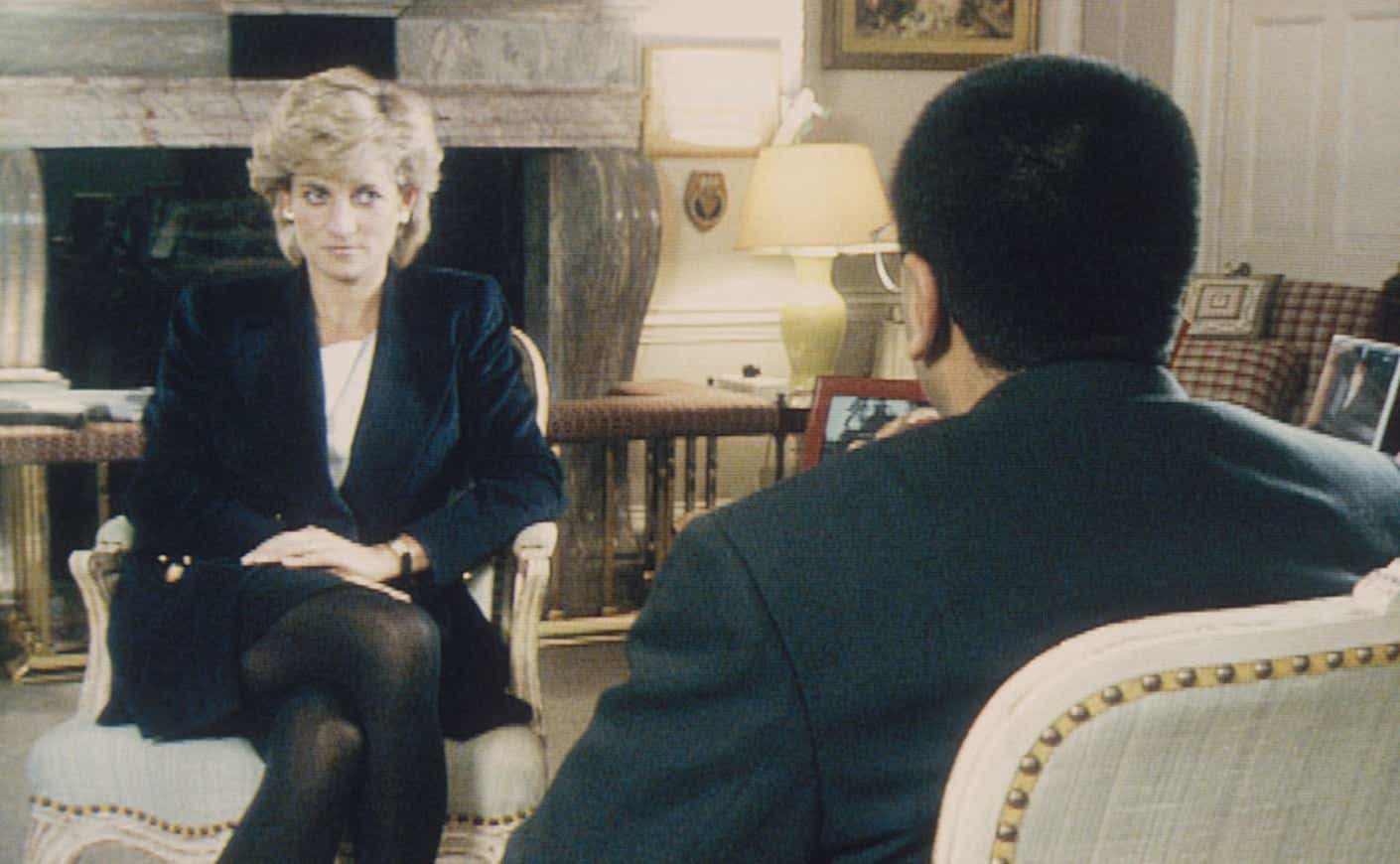
So what exactly did their work consist of? It all began with Diana’s assessment of her performance in that interview with Bashir.
“She felt very weak and disassociated from her voice,” Pearce remembers. Having seen the interview himself, he couldn’t disagree. “I was aware of the timidity, the submissiveness, the diminishment of her own personal status,” he says of that famous TV moment.
But he also saw the immense bravery in her public admissions, which he calls “an emancipatory act” for a woman who felt trapped by the longstanding traditions of the monarchy — and the history that preceded her in terms of what usually happened to royal women who spoke ill of their head-of-state husbands.
“She was [doing something] that no other member of the royal family had done for 900 years,” Pearce says. “I mean, which woman has said such things about the heir apparent and not lost her head?”
Diana was looking for a unique kind of aide to sharpen how she delivered her message — not just a voice coach, but “somebody who could be immensely specific about the holistic journey that she wanted to take in redefining herself.”
Having left Charles by this point, Diana was no longer Her Royal Highness, and she had a new vision. She wanted to pursue entrepreneurial and charitable endeavors and shed the image she'd adopted during her marriage. Pearce recalls a conversation when they realized their shared understanding of Diana’s goals.
“Over lunch, I said, ‘What exactly is your superobjective? What do you want to be?’ And she said, ‘I’m the “People’s Princess,” but I no longer feel that that role suits me,’” Pearce remembers. “So I said, ‘Well, aren’t you the queen of everybody’s hearts?’”
Diana lit up and exclaimed, “Can I use that?”
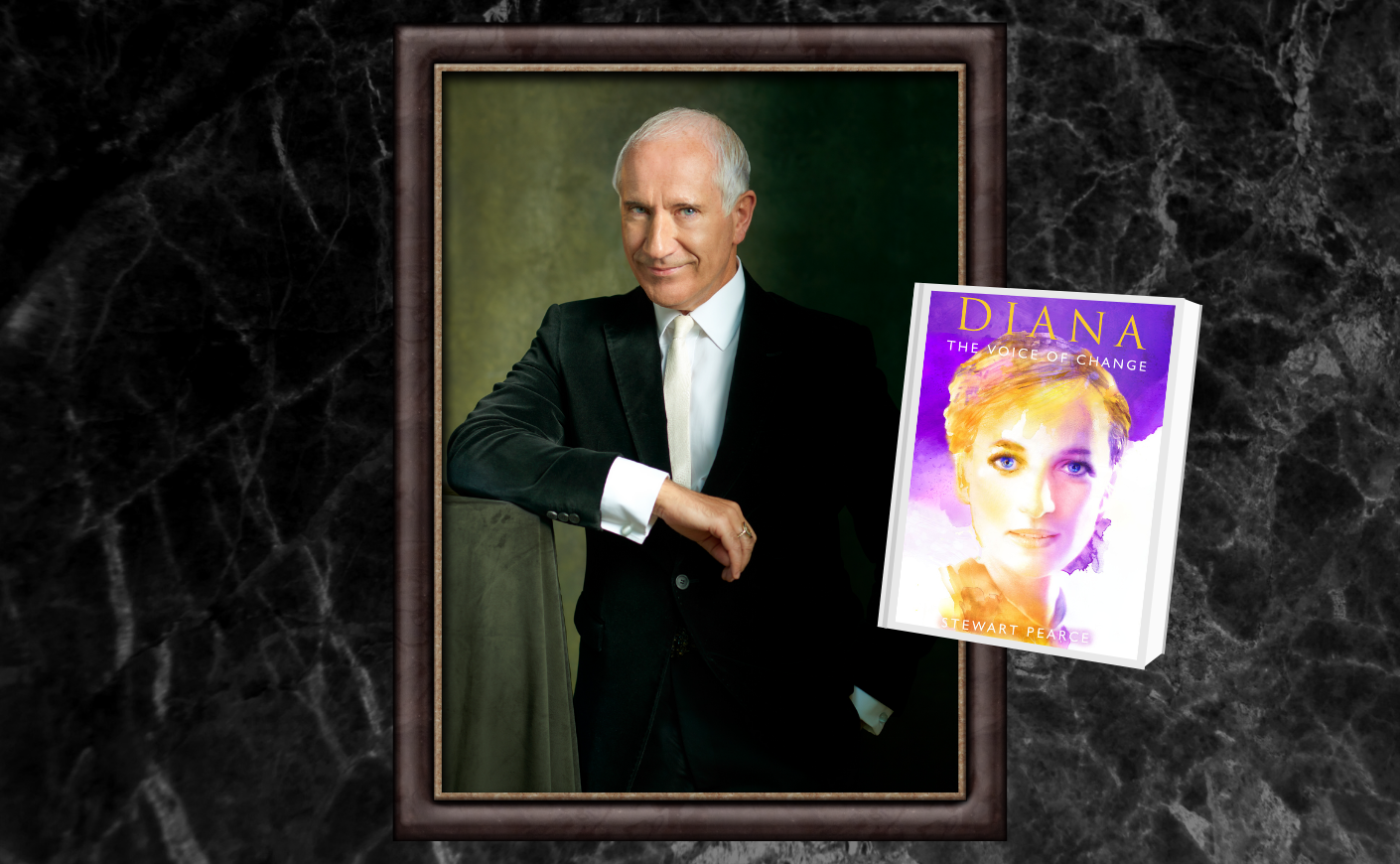
To help her realize this new idea of herself, Pearce began by introducing her to the concept of verbal “flow.” Diana was often falling victim to what Pearce calls the “startle reflex,” a constant gasping for air that punctuates the speech with a feeling of uncertainty. He taught her to take breaths in a more intentional way, which allowed her to establish a consistent cadence in the way she spoke.
“That was also something that I showed Margaret Thatcher, which is why she became completely uninterruptible,” Pearce says. “I introduced her to the substance of a rising inflection, which is what we use when we’re introducing an idea. If you can continue using a rising inflection, then automatically, whoever’s listening feels that you’re never coming to an end, so they don’t interrupt.”
But Diana’s voice was only the beginning of Pearce’s work. He also wanted to teach her how to improve her physicality to better highlight the natural, effortless grace with which she moved.
“In the Martin Bashir interview, she was always pushing her chin downwards and looking up through her eyes, so that the neck vertebrae were contracted,” Pearce says. “What I did was to actually lift her head so that the whole of her spine was elongated. If we have an aligned spine, we always communicate confidence.”
He helped Diana better understand this by using one of the most famous parts of her highly recognizable image — her hair.
“I encouraged her, through her hairdresser, to shorten her hair just slightly on her neck so that the neck became exposed and she could actually feel the rotation of her head,” Pearce remembers. “So automatically, she moved into a greater degree of that grace she had.”
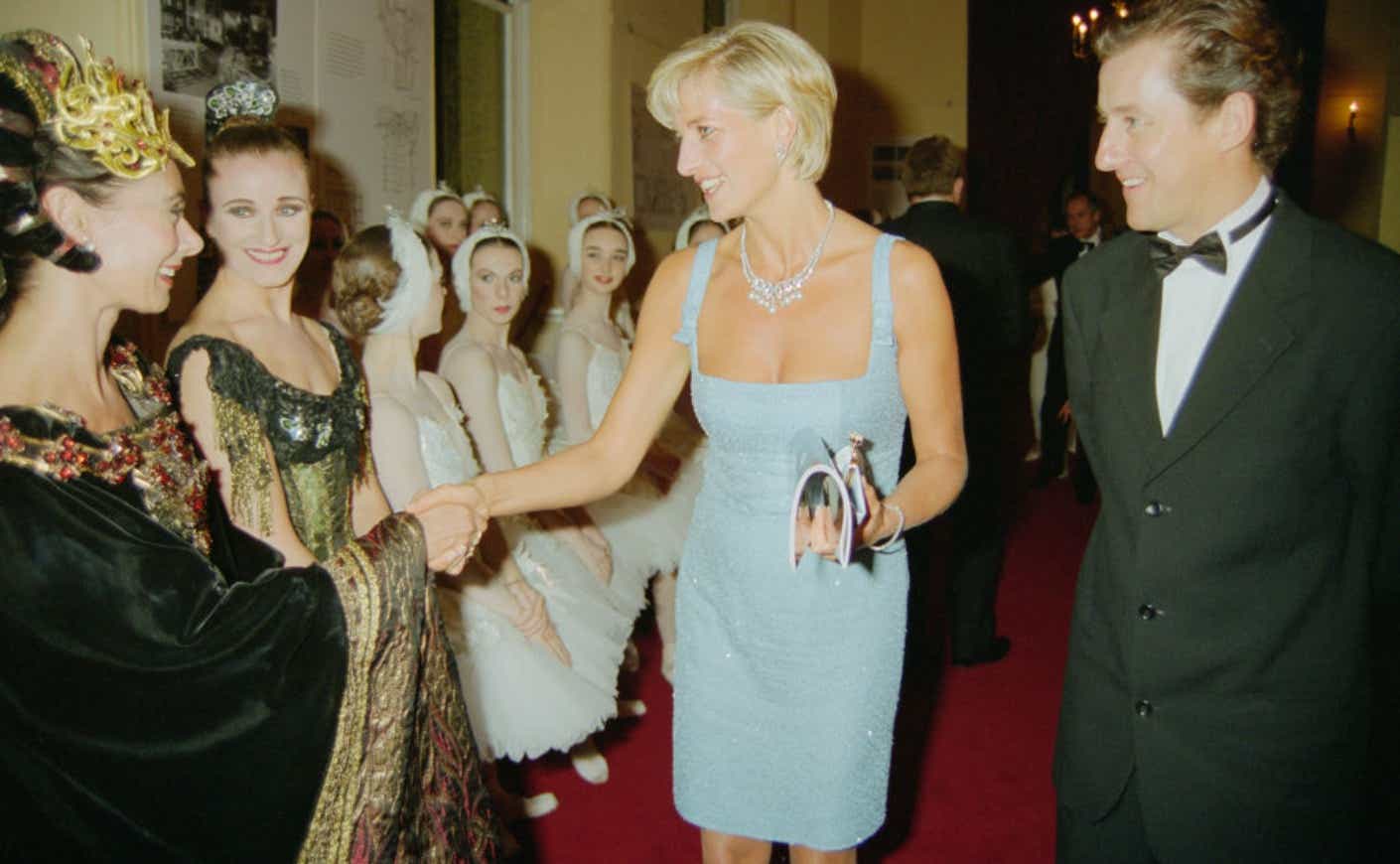
Though no one else knew about it at the time, Pearce’s time with Diana proved to be fruitful not just professionally, but personally. From his up-close vantage point, he got to know the princess in a way few did, and he came to understand how the darker elements of her past informed her in the present.
One example is her struggle with bulimia. The new film Spencer (which is already generating Oscar buzz for Kristen Stewart’s impeccable performance as Diana) explores this at length, with scenes of the princess dashing away from meals to rid herself of what she’d eaten. Pearce says being so attuned to her body in that unfortunate way also meant she could be especially receptive to his notes about how she carried herself.
“If you’re eating, eating, eating, and then disappearing into the bathroom to literally wrench all of the substance in your stomach into the lavatory bowl, it’s a physical experience,” Pearce says. “So she was very alive to the sensory experience because it was a gateway into the inner emotional life of Diana, which was vast.”
As fulfilling as it was, Pearce’s relationship with Diana was destined to come to an abrupt end. During their final session in mid-1997, as they tied up loose ends before a summer break, a strange feeling overcame Pearce.
“As she was leaving, she always hugged me,” he remembers. “And I felt an intuitive thud inside me, which I didn’t show her, but there was a feeling of, ‘I don’t think I’m ever going to see her again’ — which, of course, was completely irrational, so I didn’t give any favor to it.”
Within three weeks, Diana was dead. On Aug. 31, 1997, she was in Paris with her romantic partner, Dodi Fayed, when paparazzi swarmed their car. Their driver lost control upon entering a tunnel, resulting in the crash that made international headlines.
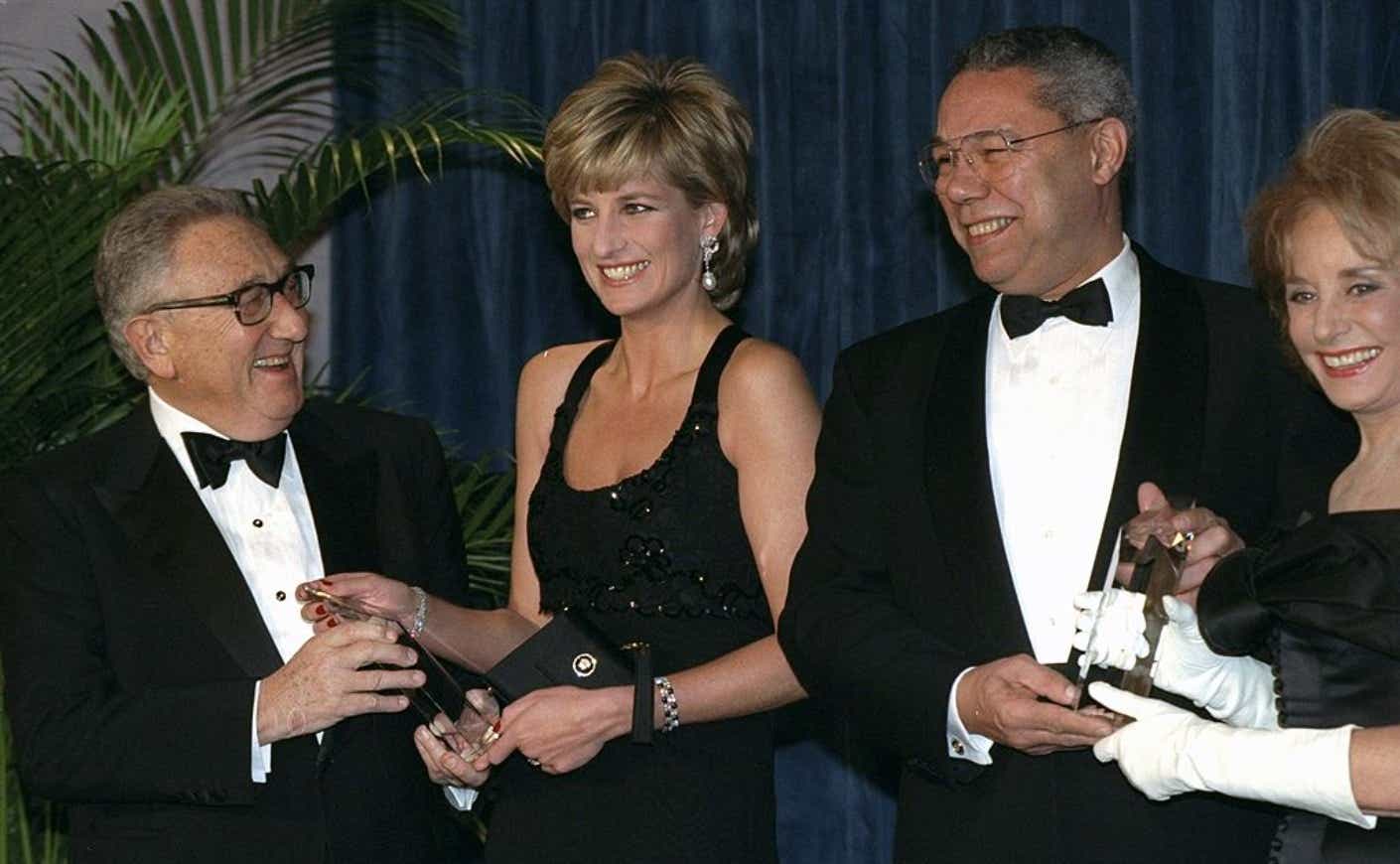
Though the untimely loss of Diana meant she didn't get to pursue all the projects she told Pearce she hoped to tackle, he says he did have the pleasure of seeing her enjoy meaningful personal growth in the time they had together. One moment of success that sticks out in his memory happened in December 1995, when Diana was in New York receiving a humanitarian award from a cerebral palsy charity. She was required to speak in front of a large, elite crowd that included Henry Kissinger and Colin Powell.
“And as she was speaking about the children of the world, somebody in the audience shouted out, ‘And where are your children?’” Pearce says. “Up to that point, that moment would have diminished her, and she would have been frightened by it. But actually, she said, ‘They’re at school, where I would hope my children would be.’”
Diana’s self-possessed response caused a standing ovation from the audience — and an emotional phone call that Pearce will never forget.
“She called me afterward and said, ‘Guess what just happened? You would have been so proud of me.’”







